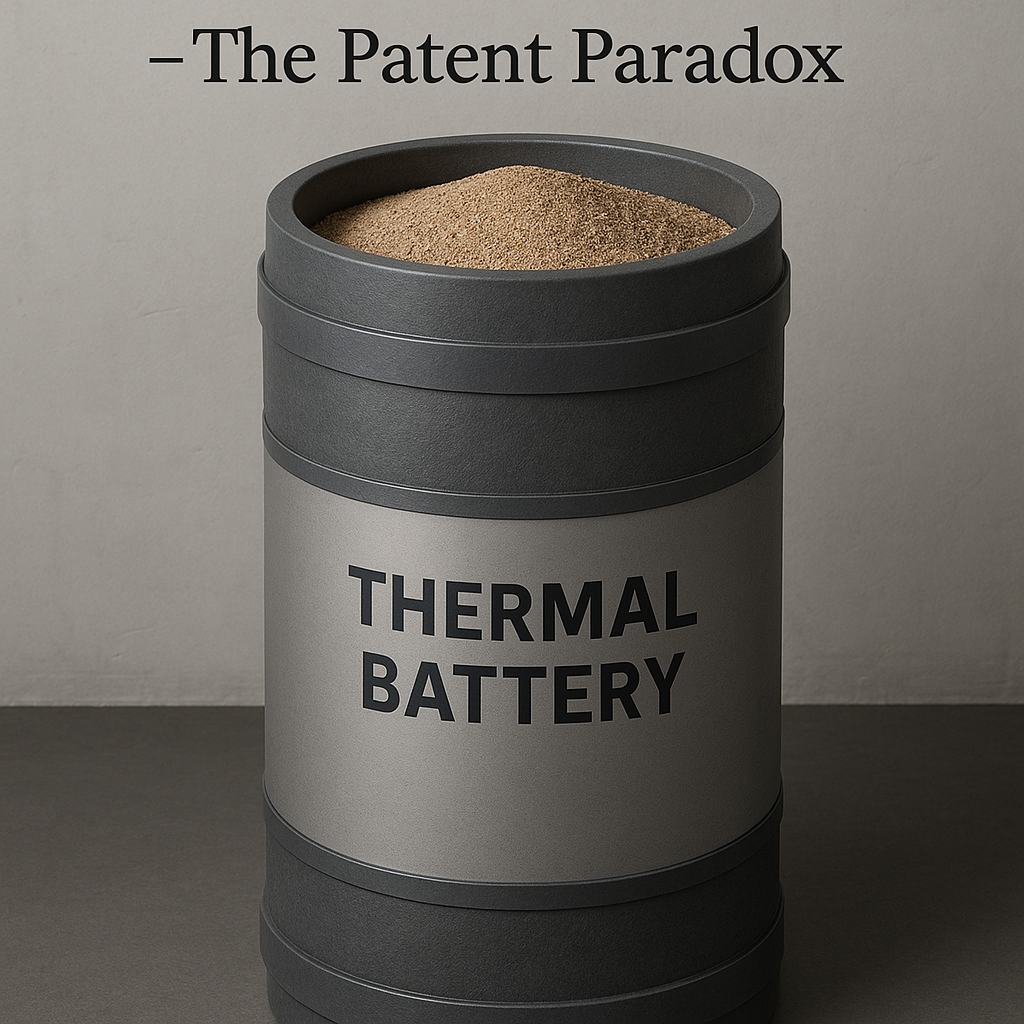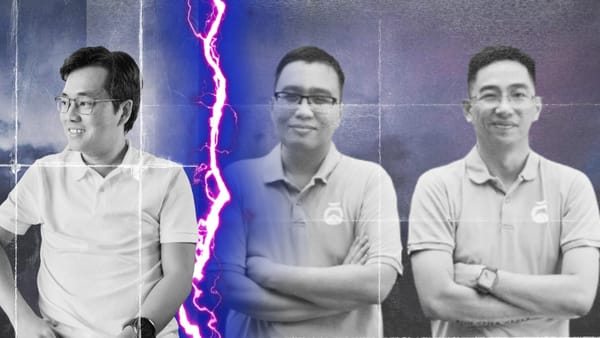Authorship vs. Ownership - The Patent Paradox (SAND - Part 10)
Understanding Patent Authorship vs. Ownership when a patent is granted...

Understanding Patent Authorship vs. Ownership when a patent is granted...



I'm sure a lot of you are asking what is going on with the case. Well, I'm going to show you, and at the end, I'd need your help...

Despite the chaos, the court finally set a date which happen to be my birthday, in just a few days' time...

"Ờ. Làm gì làm đi. Bố thách cả tổ tông 18 đời nhà mày đấy. Hahaha.". Đây là những lời phát biểu từ team Alterno vào ngày 1 tháng 5 năm 2025...